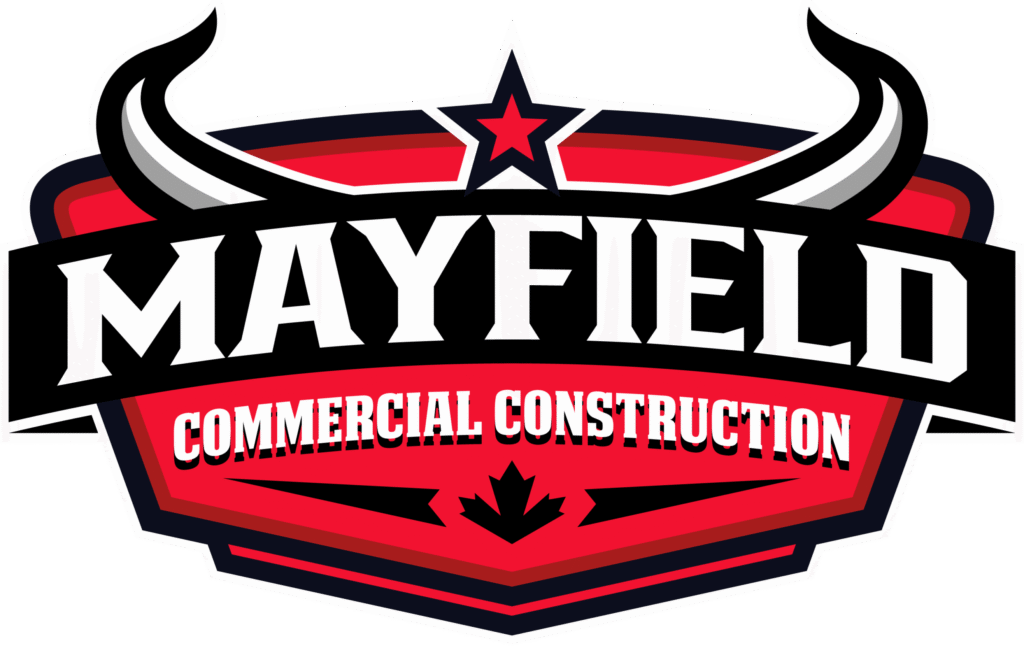As a landlord or property manager in Winnipeg, staying competitive in the commercial rental market means more than offering vacant space, it means delivering spaces that are tailored, efficient, and attractive to modern businesses. This is where Commercial Tenant Improvements (TI) come into play.
Whether you manage office buildings, retail units, or light industrial spaces, understanding how tenant improvements work, and how they impact leasing, value, and tenant satisfaction, is essential for success.
This guide explains everything you need to know about commercial tenant improvements in Winnipeg and the surrounding Manitoba area, from definitions and responsibilities to budgeting, timelines, and tips for smooth execution.
What Are Commercial Tenant Improvements?
Tenant Improvements (TI), also known as leasehold improvements, refer to custom renovations made to a leased commercial space to meet the specific needs of an incoming tenant.
Examples of tenant improvements include:
- Building or removing interior walls
- Installing flooring (carpet, vinyl plank, tile)
- Painting and interior finishes
- Upgrading lighting or electrical systems
- HVAC adjustments
- Bathroom or kitchenette upgrades
These improvements can transform a “base building” or “white box” space into a fully functional office, retail store, clinic, or showroom.
Who Pays for Tenant Improvements?
In Manitoba’s commercial leasing world, TI costs are usually negotiated between the landlord and tenant. The most common arrangements are:
1. Tenant Improvement Allowance (TIA)
Landlords offer a lump sum allowance (e.g., $30 per sq. ft.) that the tenant can use to build out the space. If costs exceed this allowance, the tenant covers the difference.
2. Turnkey Buildout
The landlord handles and pays for all improvements, delivering the space ready for the tenant to move in. This is ideal for attracting high-value or national tenants who expect move-in-ready premises.
3. Tenant-Funded Improvements
In some leases, especially for short terms, the tenant pays for all upgrades, often in exchange for reduced rent or other incentives.
4. Shared Cost Approach
Landlord and tenant split costs based on a negotiated agreement, with the landlord covering “base building” upgrades and the tenant paying for customization.
Why Landlords & Property Managers Should Care About Tenant Improvements
Well-managed tenant improvements provide serious advantages for property owners:
✔ Higher Property Value
Upgraded or customized spaces are more marketable and can command higher lease rates.
✔ Reduced Vacancy Periods
Move-in-ready or easily customizable spaces lease faster, reducing costly downtime between tenants.
✔ Longer Tenant Retention
When tenants get a space that truly fits their operations, they are more likely to renew leases.
✔ Stronger Tenant Relationships
Proactive involvement in TI projects shows professionalism, builds trust, and encourages repeat business.
Key Considerations for Landlords During Tenant Improvements
1. Control vs. Flexibility
Do you want to control the design and finishes to maintain a consistent look, or allow the tenant full design freedom? High-traffic retail locations may need stricter controls compared to back-office spaces.
2. Scope of Work
Define the limits of what’s included in the landlord’s scope (e.g., HVAC, ceiling tiles, electrical rough-in) versus what the tenant handles (e.g., custom millwork, branding features).
3. Code Compliance & Permitting
As a property manager, you must ensure that all TI work meets Manitoba Building Code standards. This includes fire safety, accessibility (as per the Accessibility for Manitobans Act), and energy efficiency regulations.
4. Building Systems Impact
Changes to HVAC, electrical, or structural components may affect the rest of the building. Coordinate improvements to prevent future maintenance or liability issues.
5. Contractor Selection
Some landlords allow tenants to hire their own contractor, while others insist on using a preferred or in-house commercial general contractor in Winnipeg like Mayfield Commercial General Contractors, ensuring work meets building-wide standards.
Common Tenant Improvement Projects
Here are typical tenant improvements we deliver for Winnipeg landlords and their tenants:
- Office Space Build-Outs (partition walls, flooring, lighting upgrades)
- Retail Unit Fit-Ups (storefront design, shelving, point-of-sale wiring)
- Medical & Dental Clinics (special plumbing, lead-lined walls, exam rooms)
- Light Industrial Modifications (mezzanines, loading dock adjustments, overhead doors)
- Restaurant Spaces (kitchen ventilation, grease traps, food service areas)
How Mayfield Commercial General Contractors Simplify Tenant Improvements
As an experienced commercial renovations contractor in Winnipeg, Mayfield Commercial General Contractors provides services designed to make TIs easy and predictable for landlords:
- Detailed Scopes & Transparent Pricing: No vague terms, our proposals break down exactly what’s included.
- End-to-End Project Management: From permitting to finish work, we handle it all so landlords and property managers can stay focused on leasing and operations.
- Minimized Tenant Disruption: We schedule loud or dusty work after-hours or off-peak to maintain building harmony.
- Code & Safety Expertise: All work meets Manitoba codes and safety standards, protecting you from liability and rework.
Tips for Landlords to Maximize Tenant Improvements
- Plan TI Costs into Lease Negotiations Early
Set realistic allowances or turnkey budgets based on market rates for commercial renovations in Winnipeg. - Standardize Finishes Where Possible
For multi-tenant buildings, pre-select flooring, lighting, and ceiling systems that balance tenant flexibility with long-term durability. - Maintain a Preferred Contractor List
Using trusted local contractors (like Mayfield) ensures work quality, schedule control, and reduced risks of code violations. - Review the Building’s Long-Term Plan
Does this TI impact potential future changes (like building expansion or zoning shifts)? Plan improvements accordingly. - Prioritize Energy Efficiency
Tenants and investors value spaces with upgraded HVAC, LED lighting, and efficient systems that reduce utility costs and environmental impact.
Conclusion: Better Tenant Improvements Mean Better Buildings
Commercial tenant improvements are investments in your building’s competitiveness, value, and tenant satisfaction. When handled right, they lead to smoother leases, happier tenants, and a property that stands out in Winnipeg’s commercial real estate market.
At Mayfield Commercial General Contractors, we work with landlords and property managers to ensure TI projects are clean, code-compliant, and hassle-free, whether it’s a simple office refresh or a complex industrial conversion.
Contact us today to discuss your next tenant improvement project in Winnipeg or surrounding Manitoba communities.


